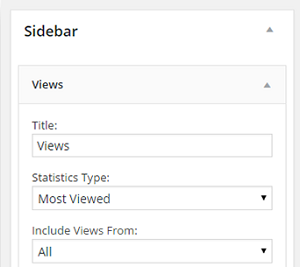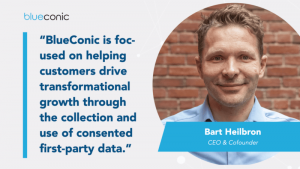One of my favorite shows is Showtime’s House of Lies, which, sadly, has just wrapped its final season (all five seasons are available to stream which I highly recommend!) It is a satirical look at corporate management consultants and their win-at-all-costs, hedonistic lifestyles. While it is fiction and the situations they get themselves into are amplified for entertainment purposes, the underlying motivators for these characters are very real – it is all about results. In the show’s case, it is about getting the deal, increasing valuation and lining pockets. But watching it made me think a lot about how marketing and communications teams are motivated to succeed and how the growth of big data can contribute to a culture based on performance.
Creating a performance-based culture using data can lead to better decision-making, provide support for ideas with measurable outcomes and help adjust and fine-tune strategies while ultimately, increasing share or revenue. According to McKinsey, data-driven organizations are 23 times more likely to win new customers and six times more likely to retain the ones they already have. Those stats alone should be pretty big motivators for driving a cultural focus or, in some cases, a cultural change.
Decide what to measure.
The first step in creating this culture is establishing what information is important to measure. You should prioritize areas where measurement of these factors can contribute to change and create an opportunity for actionable decisions. Or, if possible, find a way to measure something that is critical to business success that you have not been able to measure before. Establishing KPIs and the metrics you need to support them is an important part of the process. It can vary greatly by business size, the stage of your company, tools at your disposal and other factors.
There is a good article from Avinash Kaushik, Google Digital Evangelist that goes into detail on these metrics. This diagram from the article outlines some possibilities for measurement.
Make all decisions based on data.
The next step is to make sure all decisions are based on data. While “gut” instincts can be successful, data can help solidify them as viable options. Focusing on data and using it for all decision-making eliminates some of the risk of new ideas and creates a better opportunity for success.
Create access.
In order to make decisions using data, a company needs to provide access to it. Getting data into the hands of your employees is critical to creating a culture that embraces it. This means ongoing training, sharing information widely and encouraging an environment of transparency. When employees feel responsible for the information, it helps create accountability for meeting business objectives as well.
Find the right people.
While tools and technology platforms can be competitive advantages in the early stages of developing a data-centric culture, the real competitive advantage is the analysis of and actions taken based on the data. This lies in the people you hire to analyze the data and making sure they spend more time analyzing and not just reporting. There is an entertaining article, again by Avinash Kaushik, about the difference between “Reporting Squirrels” and “Analysis Ninjas” which clearly illustrates the differences in these two functions and how one can clearly help your business while the other can potentially hinder it.
The most important thing is hiring people that are naturally curious. The natural curiosity that makes a person want to understand “why” and “how” will drive them to uncover possibilities and explanations that will drive a business forward.
The other necessary skill is the ability to interpret data by giving it context outside of the numerical value. This is critical to helping others in your company understand the significance of the data even if they’re not as well versed in interpreting numbers.
Know your audience.
The other key to having a culture fully embrace data is by understanding your audiences. In every organization there are going to be different levels of understanding and different needs. Providing too much data or data with too much depth or breadth can lead to paralysis, so be sure to package your analysis so that it’s easy for each specific audience to digest.Custom reports, based on what your audience finds relevant or important, should be a mainstay of your communications efforts. The importance of packaging data for upper management and C-level audiences cannot be underscored enough. Demonstrate the impact that data can have and how you are using it to drive revenue, acquire customers, etc., and you’ll go a long way toward driving cultural change from the top down.
Custom reports, based on what your audience finds relevant or important, should be a mainstay of your communications efforts. The importance of packaging data for upper management and C-level audiences cannot be underscored enough. Demonstrate the impact that data can have and how you are using it to drive revenue, acquire customers, etc., and you’ll go a long way toward driving cultural change from the top down.All of these factors are essential for success but take
All of these factors are essential for success but take time to nurture and enhance. Each step can help you get real insight into data that will that help your business thrive. Leave a comment below about where you are with your shift to a data-centric culture.
Previously published on The M/C/C Minute.
Digital & Social Articles on Business 2 Community(44)




